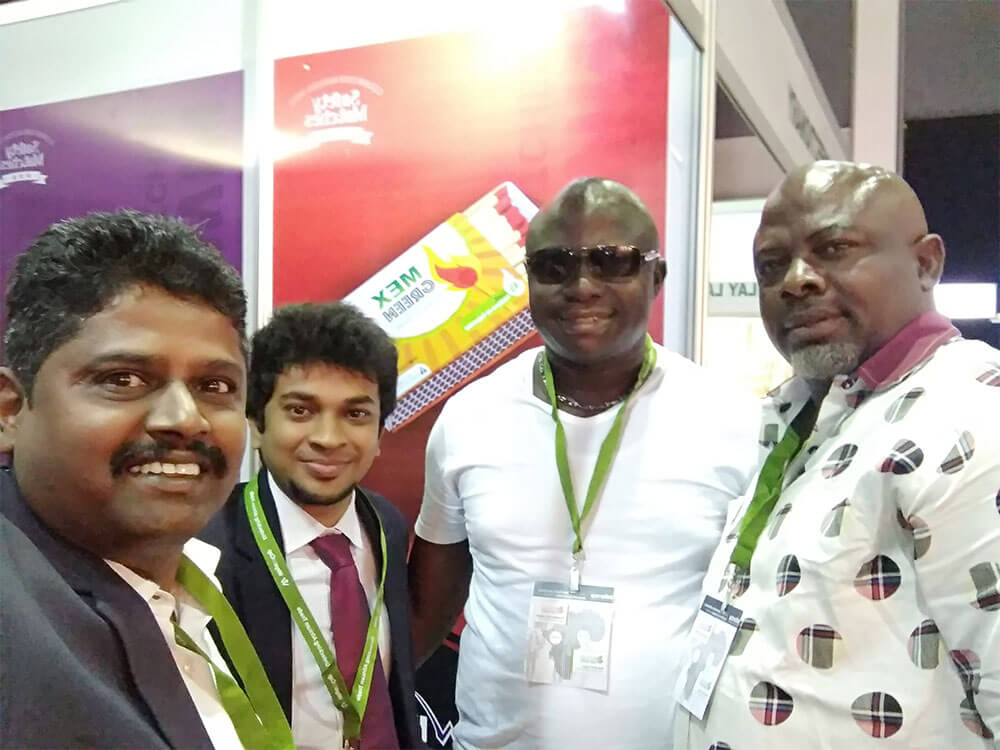Introduction
The matchbox industry in India holds historic significance, tracing back to the times of British colonial rule when the demand for matches surged as a vital household item. Over the decades, the sector has evolved, adapting to economic changes, technological advancements, and varying consumer needs. This study provides an in-depth look at the current landscape of matchbox manufacturers in India, highlighting recent innovations, challenges, and the future outlook.
Historical Context
India’s matchbox manufacturing began in the early 20th century. By the mid-century, the industry had established itself with cluster-based production systems, especially in Tamil Nadu. The existence of small-scale units and cottage industries supported by local artisans played a crucial role in meeting domestic and international demand.
Current Landscape
Major Players
India’s matchbox manufacturing industry is diverse, consisting of small, medium, and large-scale units. Some well-known companies include:
- Swarna Match Factory
- National Matchworks
- A-One Matches
- Tamil Nadu Small Industries Corporation (TANSI)
These companies predominantly operate in Tamil Nadu, which remains the hub of match manufacturing in India, contributing to over 70% of the country’s total production.
Production Techniques
Traditional production methods in matchbox manufacturing involve skilled labor hand-assembling the matches. However, recent trends show a shift towards semi-automated and fully automated production to increase output and ensure quality control. Technological integrations such as advanced match stick price head chemical compositions and precision cutting tools have streamlined the process.
Employment and Socio-Economic Impact
The matchbox industry is a significant employment generator, particularly in rural areas. It provides livelihoods to thousands of families, with women constituting a substantial part of the workforce. Despite the industry’s importance, workers often face challenges such as low wages, occupational hazards, and job insecurity.
Innovations and Trends
Eco-friendly Practices
One of the most notable trends is the movement towards eco-friendly production. Manufacturers are adopting greener practices by using non-toxic chemicals, biodegradable materials, and sustainable sources of wood. Innovations such as cardboard stems instead of traditional wooden stems are becoming increasingly popular.
Enhanced Safety Features
Modern matchbox manufacturers are incorporating technological advancements to enhance safety. “Safety matches,” which ignitiate only against specific surfaces, are becoming standard. Moreover, improved strike surfaces and match head compositions decrease the likelihood of accidental fires, ensuring safer usage.
Branding and Packaging
Brands are increasingly focusing on aesthetic appeal and innovative packaging to differentiate their products. Custom-designed matchboxes for corporate gifts, weddings, and special events have seen a rise in demand. High-quality printing and unique designs are being utilized to attract a broader consumer base.
Export Market
India exports a substantial quantity of matchsticks to countries in Africa, the Middle East, and South America. With increasing international competition, Indian manufacturers are enhancing product quality and packaging standards to meet global requirements. The government also supports exports through various incentives and schemes, making international markets more accessible to local manufacturers.

Challenges
Raw Material Shortages
One of the significant challenges the industry faces is the inconsistency in the availability of raw materials. The wood, required for matchstick production, often faces supply disruptions due to environmental regulations and deforestation issues. Dependency on imported chemicals for match heads also adds to the complexity.
Labor Issues
The industry grapples with labor-intensive production methods, which make it difficult to scale operations while maintaining profitability. Low wages, inadequate safety measures, and child labor concerns remain pressing issues that need addressing to ensure the sustainability of the workforce.
Competition from Alternatives
With the rise of lighters, electronic igniters, and other fire-starting devices, the demand for traditional matchboxes has declined. Consequently, manufacturers must innovate and diversify their product lines to remain relevant in a changing market.
Future Outlook
Technological Adoption
The future of matchbox manufacturing in India will likely see increased adoption of automation and technology. Mechanized production methods can enhance efficiency, reduce costs, and minimize human error, thereby bolstering productivity and quality.
Government Support
Government initiatives aimed at supporting small and medium enterprises (SMEs) can significantly bolster this sector. Subsidies, training programs, and financial incentives will be crucial in helping local manufacturers modernize their operations and compete globally.
Diversification
Manufacturers may explore avenues beyond traditional matchboxes. Producing match-related products like promotional matches, specialized matches for industrial use, and even extending to other fire-related tools can provide new revenue streams and resilience against market shifts.
Conclusion
The matchbox manufacturing industry in India, with its rich history and socio-economic significance, stands at a crossroads. Embracing technological innovations, adopting eco-friendly practices, and addressing labor issues are critical steps for the industry’s future growth and sustainability. With continued government support and strategic adaptations, Indian matchbox manufacturers are well-positioned to navigate the challenges and seize new opportunities in the global market.
